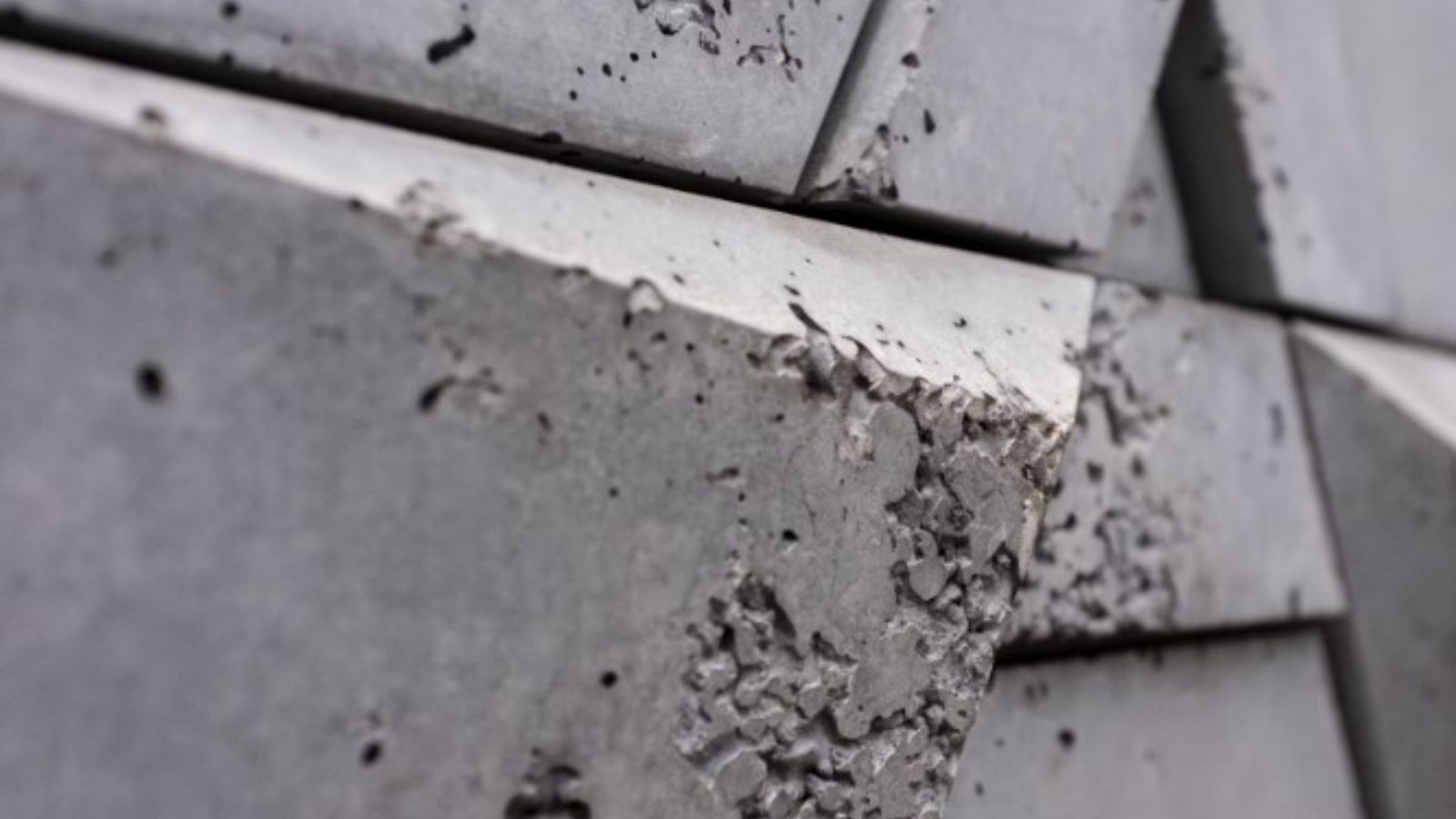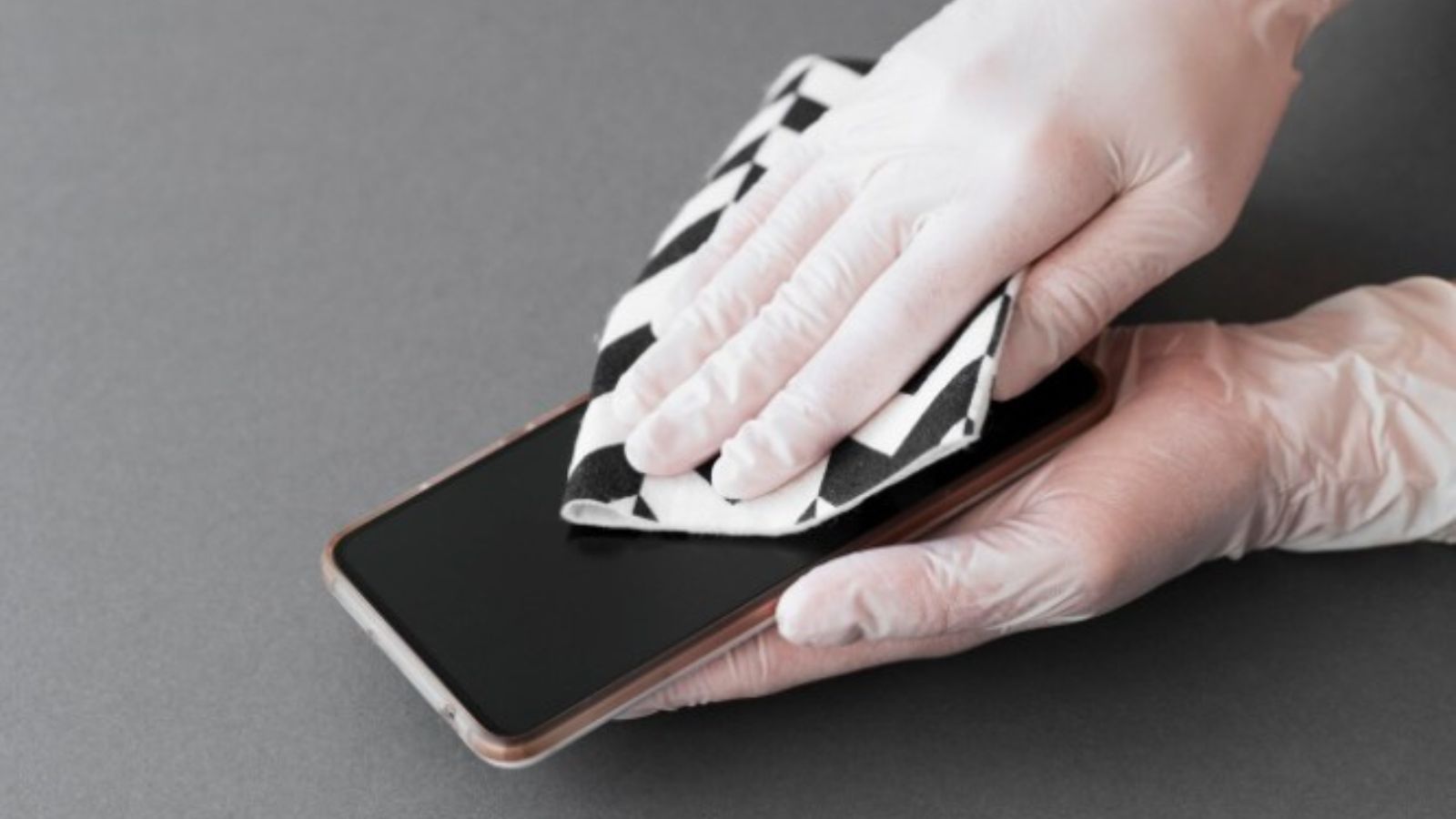
What Are Self-Healing Materials?
Self-healing materials are sophisticated substances that automatically fix small damages without the need for human aid. These materials extend the lifespan of products while reducing maintenance costs because they are inspired by natural processes such as skin and bone healing. The first commercial applications began in the early 2000s when microencapsulated healing agents incorporated into polymers ignited a new wave of innovation. And, slightly off-topic, just as these materials are repaired and adapted, the MelBet app guarantees a simple interface, thousands of events, and no interruptions in placing bets. So, if you want to place bets without unnecessary complications, download it. Let technology make your experience more enjoyable, and in the meantime, we will move on to examples of using self-healing materials.
A classic example is the self-healing concrete developed at Delft University of Technology, called bio-concrete, which uses bacteria that produce limestone to seal cracks when water enters them. With bio-concrete, structures’ lifespans can be extended by 50 years. In aerospace, polymers that heal themselves are used to fix microfractures caused during a flight due to stress, making them safer. The automotive industry uses them in self-repairing paints that, in a matter of minutes, erase the scratches. By doing so, these materials not only redefine durability but also increase it.
How Self-Healing Materials Work
The methods that enable self-healing materials to work are just as impressive as the results. Here are four methods that enable self-repair:
- Microencapsulation: Epoxy resins and other healing agents are stored in microcapsules that are placed into the material. The capsules burst and seal the gaps when a crack forms.
- Intrinsic self-healing: Certain polymers contain chains of chemicals that can be broken and reconnected, which enables the material to self-heal repetitively without needing extra substances.
- Vascular networks: These materials have microchannels that work like the circulatory system, supplying the needed healing agents to the damaged area and making continual large-scale repairs possible.
- Shape memory alloys: These specific metals have the ability to “remember” their set shape. When subjected to heat, the metals bend back to their original shape, closing the cracks and restoring structural integrity.
These solutions are enabling a new era in materials science by creating more intelligent and efficient products, as well as incredibly resilient ones. The same innovations from the world of sports can be seen on Instagram MelBet, where you will find news, exclusive information, and even funny memes. With this group, you can get tips and updates in real-time with one click on your screen, so be sure to subscribe. There is no other sports group that combines both fun and informative content!
Types of Self-Healing Materials
Materials that possess self-healing abilities are varied and customized for different uses across various industries. Let us break it down further:
| Material Type | Mechanism | Example Product | Industry Use |
| Polymers | Microencapsulation | Self-healing smartphone cases | Consumer Electronics |
| Concrete | Bacterial Healing | Bio-concrete bridges | Construction & Infrastructure |
| Metals | Shape Memory Effect | Self-repairing aircraft parts | Aerospace & Defense |
| Coatings | Intrinsic Self-Healing | Scratch-resistant car paint | Automotive & Marine |
| Ceramics | Vascular Networks | Heat-resistant tiles | Space Exploration |
This multi-functionality demonstrates how self-healing materials are likely the most valuable in almost any industry, leading to a future where repair is not frequently needed because the products would last longer.
Applications in Construction and Infrastructure
When it comes to construction, self-healing materials are a game changer. Bio-concrete, which contains bacteria that produce limestone, is able to autonomously seal fissures that are as large as 0.8 mm in diameter. This has been applied to bridges and tunnels located throughout Europe, which now spend less money on maintenance and upkeep by up to 40% while benefiting from decades of increased structural longevity.
Self-healing asphalt that can restore microfractures while under tension or heat is already being tested in the Netherlands and promises fewer potholes and better working roads. Steel structures are also protected by some self-healing coatings that prevent corrosion of critical infrastructure, such as oil rigs and pipelines, even in severe marine climates. These materials are capable of transforming cities as we know them.
Self-Healing Polymers in Electronics
Self-healing polymers are paving a new road in the electronics industry. Scratchable smartphone screens, which can repair themselves in under half a minute, are no longer a thing of fantasy. LG’s G Flex smartphone was one of the first smartphones released in 2013 that had the ability to repair itself, and newer versions have only gotten better.
Smartwatches and fitness trackers are some of the most popular forms of wearable technology, which are now made with self-healing polymers that allow for greater durability. Self-healing electronic skin, which can restore its inner circuits, was even showcased during research presented at Stanford University. The fact that devices could be engineered to be stronger, better, and last longer is amazing and showcases only the start of innovation in electronics.
Challenges in Developing Self-Healing Technologies
Even with self-healing technology’s bold prospects, self-healing materials still possess some challenges, such as:
- High production costs: The cost of self-healing materials is considerably high, which is a direct consequence of the costly manufacturing processes and materials required.
- Scalability issues: Apart from bridges, many other massive structures lacking self-healing capabilities present the challenge of being able to scale these technologies to mass production.
- Durability concerns: Ensuring that self-healing mechanisms do not disintegrate and remain effective over long periods and under extreme conditions is a challenging issue.
- Integration complexity: To avoid losing other performance features while integrating healing capabilities, other engineering solutions to this problem need to be discovered.
Resolving these hurdles is vital in order to realize the advantage self-healing technologies could provide across multiple industries.
The Dawn of a Self-Healing Era
With the advancement of self-healing technology, the future looks very promising. Think of a world where our walls fix themselves and self-healing gadgets never wear out. Consider the endless possibilities that are within our grasp, like self-healing roadways and mid-flight self-repairing airplanes. The horizon looks bright, where self-repair is the norm, maintenance is a thing of the past, and durability does not have a cap. We are at the cusp of a material revolution, and it is certain to be remarkable.

